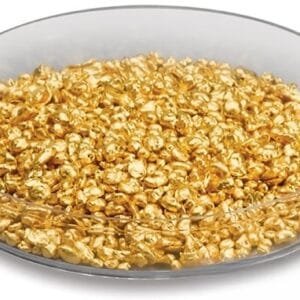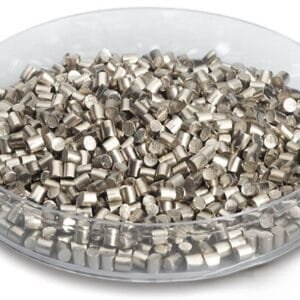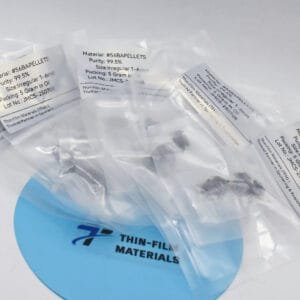Titanium Disilicide Evaporation Materials Overview
Our titanium disilicide evaporation materials at TFM are high-purity silicide ceramic products, identified by the chemical formula TiSi₂. These materials are crucial in various deposition processes, ensuring the creation of superior-quality films. At TFM, we focus on delivering titanium disilicide with a purity of up to 99.9995%, thanks to our rigorous quality assurance measures which ensure both reliability and performance.
Related Products: Titanium Evaporation Materials
Specifications of Titanium Disilicide Evaporation Materials
| Material Type | Titanium disilicide |
| Symbol | TiSi2 |
| Appearance/Color | Black orthorhombic crystals |
| Melting Point | 1,470 °C (2,680 °F; 1,740 K) |
| Density | 4.02 g/cm3 |
| Purity | 99.5% |
| Shape | Powder/ Granule/ Custom-made |
Applications of Titanium Disilicide Evaporation Materials
Our titanium disilicide materials are utilized in several deposition techniques, including semiconductor deposition, chemical vapor deposition (CVD), and physical vapor deposition (PVD). These materials are particularly suited for applications in optics, such as wear protection, decorative coatings, and display technologies.
Packaging and Quality Assurance
We ensure that our titanium disilicide evaporation materials are meticulously tagged and labeled for clear identification and quality control. Special attention is given to prevent damage during storage and transportation, preserving the integrity of the product.
Contact Us
TFM is a leading provider of high-purity titanium disilicide evaporation materials. We offer a variety of shapes, including tablets, granules, rods, and wires, with custom options available upon request. In addition to evaporation materials, we also supply evaporation sources, boats, filaments, crucibles, heaters, and e-beam crucible liners. For pricing information or inquiries about materials not listed, please reach out to us directly.


 MSDS File
MSDS File



Reviews
There are no reviews yet.